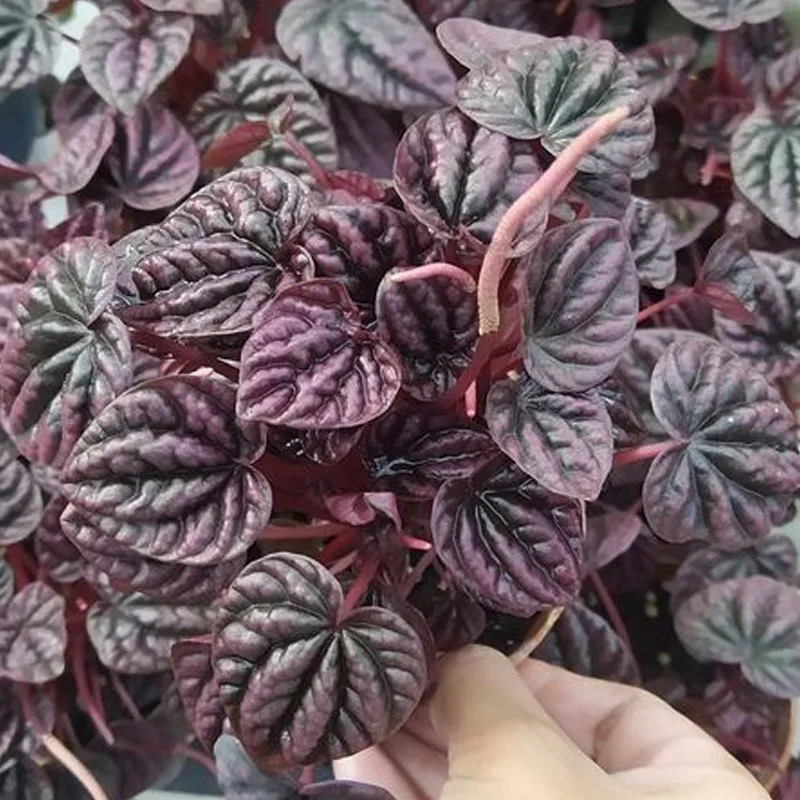FAQs About Hesperaloe Brakelights: Everything You Need to Know
When I first encountered Hesperaloe Brakelights, I was drawn to its striking appearance and unique characteristics. This succulent has become a favorite of mine, and I’ve learned quite a bit about it over time. Here, I’ll share answers to some of the most frequently asked questions about this fascinating plant.
8 Species in Genus Hesperaloe
What Is Hesperaloe Brakelights?
Hesperaloe Brakelights, often simply called Brakelights, is a type of flowering succulent native to the southwestern United States and northern Mexico. It’s known for its stunning, bright red flowers that bloom in the summer, standing tall on spiky inflorescences. The plant’s foliage consists of long, narrow, gray-green leaves that form a rosette shape. What makes Hesperaloe Brakelights particularly striking is its ability to thrive in harsh conditions, making it an excellent choice for low-maintenance gardens.
How to Care for Hesperaloe Brakelights?
Caring for Hesperaloe Brakelights is relatively straightforward, making it a great option for both seasoned gardeners and beginners.
1. Sunlight: Hesperaloe Brakelights thrives in full sun. It requires at least six hours of direct sunlight each day to flourish. In less sunny areas, it may not bloom as profusely.
2. Soil: This plant prefers well-draining soil. A cactus or succulent mix works well, or you can improve drainage by adding sand or perlite to your regular potting soil. Proper drainage is crucial to prevent root rot.
3. Watering: Hesperaloe Brakelights is drought-tolerant and doesn’t require frequent watering. Allow the soil to dry out completely between waterings. Overwatering can lead to root rot, so it’s better to err on the side of caution.
4. Temperature: It is hardy to USDA zones 7-11. It can tolerate cold temperatures down to around 20°F (-6°C), but in colder climates, it may need some protection or indoor placement during winter.
5. Fertilizing: Feed your Hesperaloe Brakelights with a balanced, water-soluble fertilizer during the growing season (spring and summer). Avoid fertilizing in the fall and winter when the plant is dormant.
How to Propagate Hesperaloe Brakelights?
Propagating Hesperaloe Brakelights can be done through offsets or seeds. Here’s a quick guide:
1. Offsets: The most common method is through offsets or pups, which are small plants that grow around the base of the main plant. Gently separate the offsets from the main plant and replant them in their own pots. Allow the offsets to dry out and callous over for a day or two before planting to reduce the risk of rot.
2. Seeds: Propagation from seeds is also possible. Sow the seeds in a well-draining soil mix and keep them in a warm, sunny location. Lightly cover the seeds with soil and keep them moist until they germinate. Once the seedlings are large enough, transplant them into individual pots.
What to Plant With Hesperaloe Brakelights?
Hesperaloe Brakelights pairs beautifully with other drought-tolerant and low-maintenance plants. Consider planting it alongside:
1. Agave: The bold, architectural forms of Agave complement the Hesperaloe’s spiky leaves.
2. Desert Marigold: This plant’s bright yellow flowers provide a lovely contrast to the red blooms of Hesperaloe Brakelights.
3. Yucca: Yucca’s dramatic foliage makes for a striking combination with Hesperaloe Brakelights, enhancing the desert garden aesthetic.
4. Ornamental Grasses: Grasses like Blue Fescue or Mexican Feather Grass add texture and movement to the garden, contrasting nicely with the rigid structure of Hesperaloe Brakelights.
Is Hesperaloe Brakelights Toxic?
Hesperaloe Brakelights is non-toxic to pets and humans. This makes it a safe choice for gardens where children or animals may play. However, while it is not toxic, its spiky leaves can cause minor irritation if touched, so handling with care is advised.
Benefits and Common Problems
Benefits:
- Drought Tolerance: Its ability to withstand dry conditions makes it ideal for xeriscaping and low-water gardens.
- Low Maintenance: Hesperaloe Brakelights requires minimal care, making it perfect for busy gardeners.
- Aesthetic Appeal: The bright red flowers and striking foliage add a dramatic touch to any garden.
Common Problems:
- Overwatering: The most common issue is overwatering, which can lead to root rot. Ensure good drainage and let the soil dry out completely between waterings.
- Pests: While generally pest-resistant, watch for mealybugs or scale insects, especially if the plant is stressed or overwatered.
Compare with Other Similar Plants
1. Agave Parryi: Agave Parryi has similar spiky leaves but differs in its rosette shape and often more dramatic leaf coloration.
2. Yucca Rostrata: Like Hesperaloe Brakelights, Yucca Rostrata thrives in full sun and is drought-tolerant. However, Yucca Rostrata has a different leaf structure and a taller, trunk-like base.
3. Aloe Vera: Aloe Vera is another succulent that shares some of the Hesperaloe Brakelights’ drought-tolerant traits but differs in its leaf structure and medicinal uses.
In summary, Hesperaloe Brakelights is a stunning and low-maintenance plant that adds beauty and resilience to any garden. By following the care guidelines and understanding its needs, you can enjoy its vibrant blooms and unique foliage for years to come.
If i die, water my plants!



